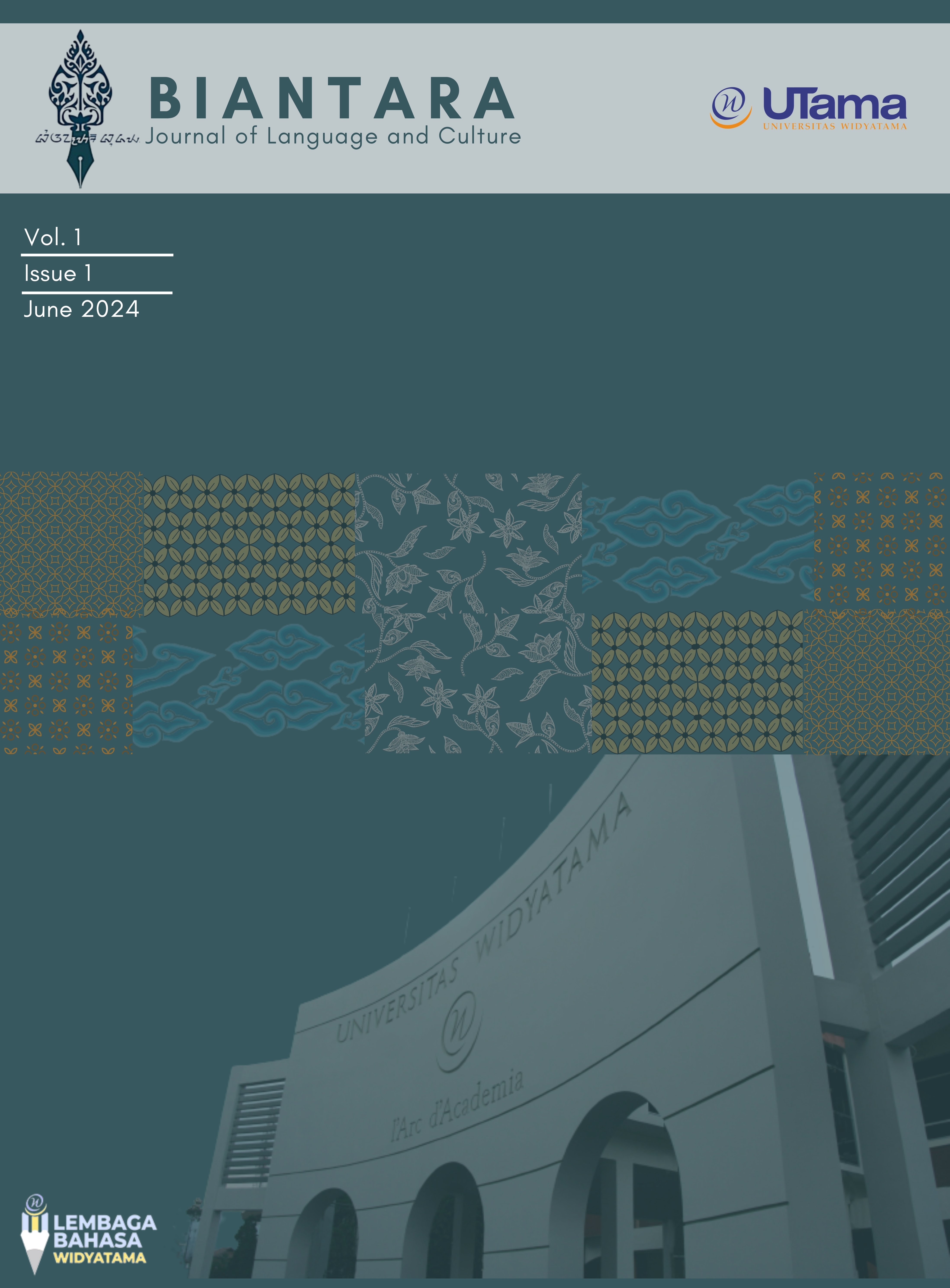CONTRASTIVE ANALYSIS OF REDUPLICATION IN SUNDANESE AND BAHASA INDONESIA
Keywords:
Sundanese, reduplication, cultureAbstract
This study, titled "Contrastive Analysis of Reduplication in Sundanese and Bahasa Indonesia," explores the linguistic phenomenon of reduplication in two closely related Austronesian languages spoken in Indonesia. Reduplication, a process where a word or part of a word is repeated to express various grammatical or semantic functions, plays a crucial role in both languages but in distinct ways. The aim of this research is to identify the similarities and differences in the types, forms, and meanings of reduplication in Sundanese and Bahasa Indonesia, with a view to understanding how language structure reflects cultural and communicative needs. Using a qualitative descriptive method within a contrastive analysis framework, the study examines data from both written and spoken sources, including traditional texts, modern media, and everyday conversation. The study reveals that while both languages use reduplication for similar functions—such as indicating plurality or intensity—there are notable differences in form, usage rules, and cultural significance. For example, Sundanese often exhibits more phonological variation in reduplicated forms, and some reduplications carry idiomatic or culturally embedded meanings not found in Bahasa Indonesia. Furthermore, the study highlights the pedagogical implications of these findings for language teaching, particularly for bilingual speakers, second-language learners, and educators designing curriculum materials for regional and national language integration. It also emphasizes the importance of preserving local languages like Sundanese, whose unique grammatical features contribute to Indonesia’s rich linguistic heritage. In conclusion, this contrastive analysis not only contributes to the field of comparative linguistics but also provides practical insights into how language structure and meaning evolve in relation to cultural and social context.
References
Chaer, A. (2003). Linguistik Umum. Rineka Cipta.
Putri, R. A. (2017). Analysis Contrastive Reduplication Language Javanese With Infonesia. Journal Manager Arkhais, 8(2), 1-15.
Ramlan, M. (1985). Pengantar Linguistik Umum. Universutas Diponegoro.
Sato, Y., & McDonnell, B. (2019). Reduplication in Indonesian and the Lexicalist Hypothesis. Proceedings of the Berkeley Linguistics Society, 45(1), 1-10










